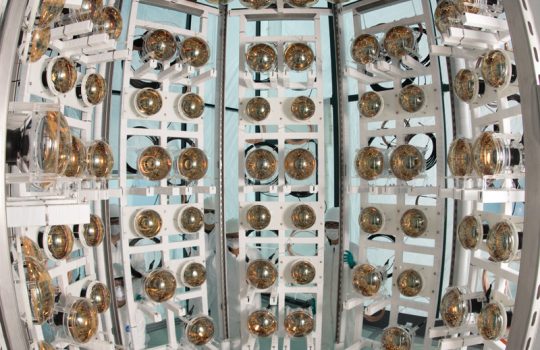Quantum and accelerator science enable mysterious dark sector searches at Fermilab
Fermilab technology developed for particle accelerators offers a valuable opportunity to search for a hypothesized particle that would resemble a particle of light. These dark photons could help us understand the large part of our universe that we know is there but have yet to observe.



